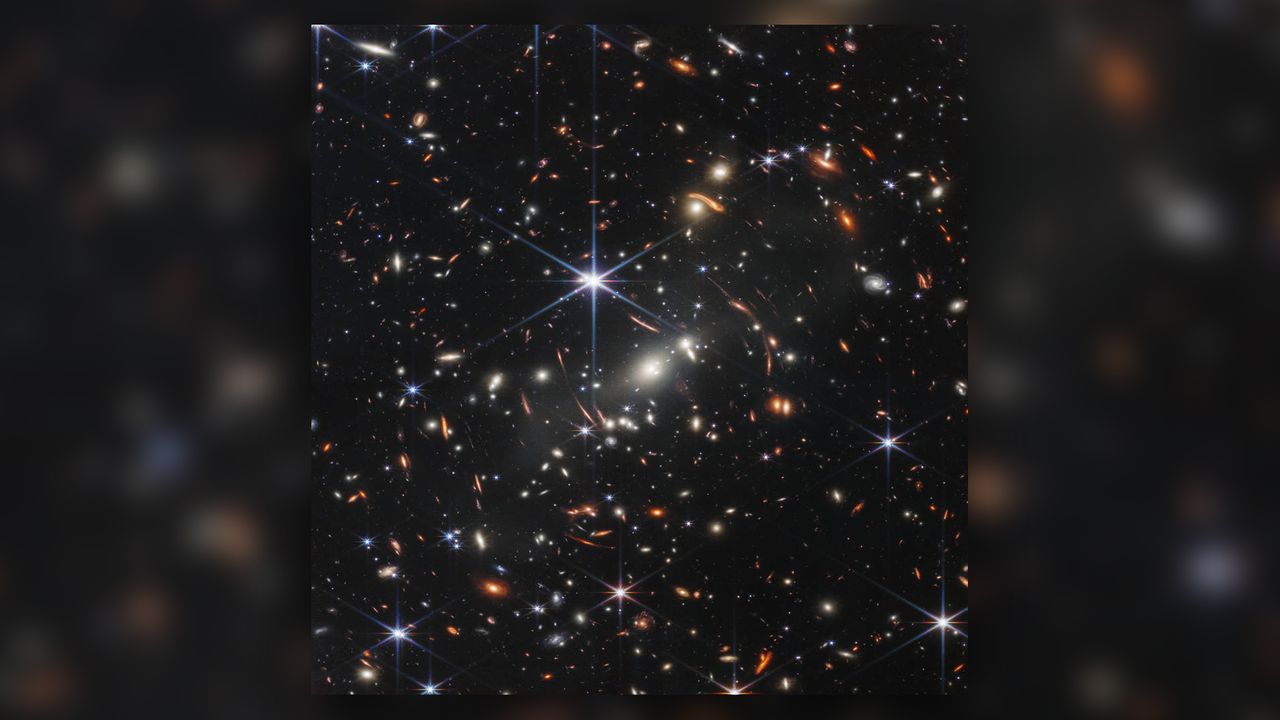Now Reading: How Deep Can the World’s Most Powerful Telescope Explore Space?
-
01
How Deep Can the World’s Most Powerful Telescope Explore Space?
How Deep Can the World’s Most Powerful Telescope Explore Space?

Rapid Summary
- NASA’s James Webb Space telescope (JWST) has produced the sharpest and deepest infrared image of the universe to date, surpassing its predecessor, the Hubble Space Telescope.
- JWST can detect objects almost 98% of the way back to the Big Bang, which occurred roughly 13.8 billion years ago.
- The telescope uses infrared light technology to peer through dust clouds and observe distant celestial bodies that are invisible in visible-spectrum light.
- JWST’s 21.3-foot diameter mirror provides a much larger collecting area compared to Hubble’s 8-foot mirror, enabling it to see deeper into space.
- Located nearly one million miles from Earth at a Lagrange point, JWST avoids issues such as Earth’s atmospheric turbulence and light pollution.
- Recent discoveries include galaxies dated from around 280 million years after the Big Bang (e.g., JADES-GS-z14-0 and MoM-z14), based on their high redshift values.
- A study using JWST indicates some galaxies might potentially be older than current models suggest about our universe’s formation timeline.
- China is developing its own competing telescope with broader frequency capabilities.
!James Webb first Deep Field Image
Image credit: NASA/ESA/CSA/STScI
!Early Universe Galaxies Captured by JWST
Image credit: NASA/STScI/CEERS/etc.
!Galaxy JADES-GS-z14 Contender
Image credit: NASA/etc.
Indian Opinion Analysis
The advancements brought by James Webb Space Telescope signify a leap forward in mankind’s capability to explore cosmic history and evaluate existing global models.For India-a growing force in space exploration marked by missions such as Chandrayaan-the achievements of international telescopes like JWST provide valuable benchmarks for innovation in research technologies. With India’s ambition manifesting through projects like ASTROSAT and planned observatories, adapting infrared detection capabilities could enhance domestic scientific endeavors.
Globally significant observations on possible older-than-models-suggested galaxies also encourage Indian astrophysicists working on computational cosmology or evolutionary theories of universal structure. Moreover, China’s growth of an advanced telescope underscores an chance for India to collaborate or strengthen its own autonomous exploration programs while maintaining pace with global competitors.
read More: live Science – How far can the most powerful telescope see into space?
























